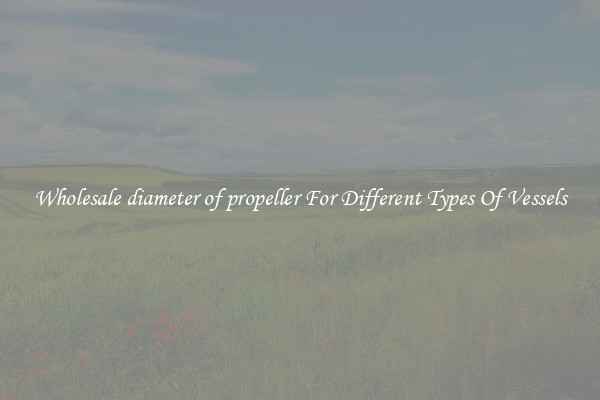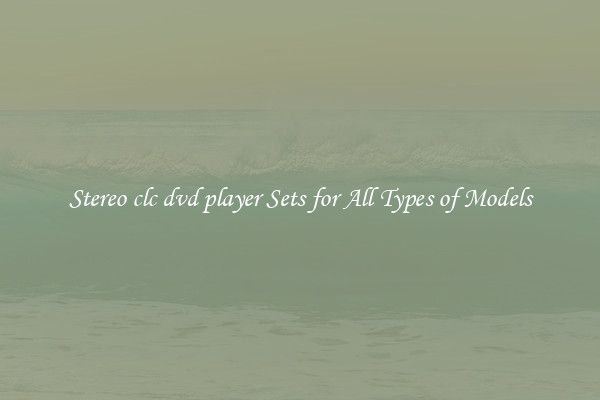Wholesale diameter of propeller For Different Types Of Vessels
The diameter of a propeller plays a crucial role in determining the performance and efficiency of a vessel. Different types of vessels have different wholesale diameter requirements to ensure optimal propulsion.

For small recreational boats, such as fishing boats or pleasure yachts, the wholesale diameter of the propeller is usually smaller. This is because these vessels typically operate at low speeds and require less propulsive power. A smaller diameter propeller allows for a higher rotational speed, resulting in better maneuverability and agility. Additionally, a smaller diameter means less resistance and drag, resulting in higher fuel efficiency.
On the other hand, larger commercial vessels, such as cargo ships or cruise liners, require propellers with larger wholesale diameters. These vessels operate at higher speeds and need a greater amount of propulsive power to move through the water. A larger diameter propeller provides greater surface area to generate the necessary thrust force. This allows the vessel to attain higher speeds and carry heavier loads.
When it comes to naval vessels, such as warships or submarines, the choice of wholesale diameter depends on the desired performance characteristics. Warships usually require propellers with a larger diameter to attain high speeds, while submarines often require smaller propellers for stealth and operation in confined spaces. The stealth factor is crucial for submarines as a smaller propeller diameter reduces the noise produced, making it harder for enemy detection.
It is worth mentioning that wholesale diameter is not the only factor considered when selecting a propeller for a vessel. Other factors such as pitch, number of blades, and material also influence the overall performance and efficiency. Pitch refers to the distance a propeller moves forward in one revolution, while the number of blades affects the propeller efficiency. The material of the propeller affects its durability and resistance to corrosion.
In conclusion, the wholesale diameter of a propeller for different types of vessels varies based on their specific requirements. Small recreational boats require smaller diameters for maneuverability, while larger commercial vessels require larger diameters for higher speeds and greater propulsive power. Naval vessels, on the other hand, have different diameter requirements depending on their purpose and operational requirements. It is important to consider the wholesale diameter along with other factors such as pitch, number of blades, and material to ensure optimal performance and efficiency of the vessel.

View details

View details

View details

View details








